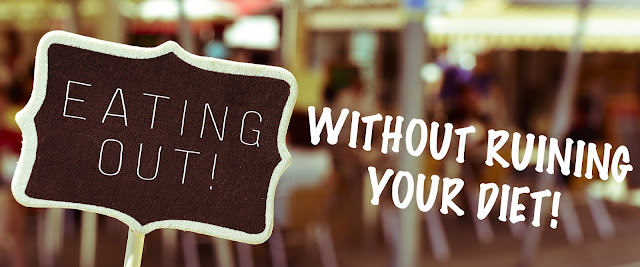Childhood Obesity – Definition, Prevalence and Health Effects
Currently, there is no strict way to classify a childhood obesity or overweight. Nonetheless, the prevalence of childhood obesity is growing around the globe. The health effects of childhood obesity can be both phychological and physiological. Therefore by educating parents and children about healthy eating and the benefits of exercise, the hope is to not only help prevent childhood obesity in many, but also stem the rising prevalence in adults.
Definition of Childhood Obesity
Just like in adults, childhood obesity is defined by an accumulation of excess body fat; however, in children, the way excess body fat is measured and how these measurements are interpreted varies.Around the globe, the different ways and criteria used to define childhood obesity and overweight include the following:
- Skin-fold thickness: By measuring skin-fold thickness, a child can be classified as overweight if they have at least 25-30% body fat; however, there are many different methods that can be used to measure percentage body fat.
- BMI (Body Mass Index): BMI is a person’s weight in kg divided by the height in metres squared (kg/m2), and is the measurement used to define an adult as being overweight or obese. However, the way the BMI is interpreted to define childhood obesity varies around the globe. In the USA, a child may be defined as overweight if they lie on or above the 95th percentile of BMI for the child’s age, while in some European countries, a child may be defined as overweight if they are at or above the 85th percentile of BMI and defined as having childhood obesity if their BMI resides at or above 95th percentile.
The World Health Organisation (WHO) uses BMI to define obesity for children and infants under the age of five years; however, the organisation states that it is much more difficult to measure obesity in children between five and 14 years of age and that there is therefore no global standard definition of childhood obesity for this age group. As such, WHO is currently working to develop an international growth reference for school-age children and adolescents.
Prevalence of Childhood Obesity
The prevalence of childhood obesity continues to rise in many regions of the globe, with childhood obesity already having become an epidemic in some areas.WHO reports that an estimates 22 million children under five years of age are overweight around the globe. In the USA alone, the number of overweight children has doubled since 1980, while the number of overweight adolescents had tripled over this time frame. In terms of obesity, this has more than doubled in children aged six to 11 years over the past 50 years, while the prevalence of obesity in adolescents has increased dramatically also. WHO reports that in the USA, adolescents aged 12-17 years have seen a rise from 5% to 13% in boys and from 5% to 9% in girls between 1966-70 and 1988-91.
Just like adult obesity, childhood obesity is not limited to first-world countries, but is becoming increasingly common in low-income and middle-income countries. One example is the the prevalence of obesity in Thai children aged five to 12 years, which has risen by 3.4% to reach 15.6% in just two years.
Health Effects of Childhood Obesity
The health effects of childhood obesity can be both psychological and physiological. While childhood obesity can significantly increase the risk of a child developing depression, it can also result in early onset of obesity-related conditions seen in many obese adults. The many conditions that are associated with obesity include diabetes, hypertension, heart disease, sleep apnoea and cancer, among others.Childhood obesity significantly also increases the likelihood of becoming an obese adult, with around 70% of obese children growing up to become obese adults. As such, childhood obesity is associated with an increased risk of premature death as well as disability in adulthood.





















0 comments: